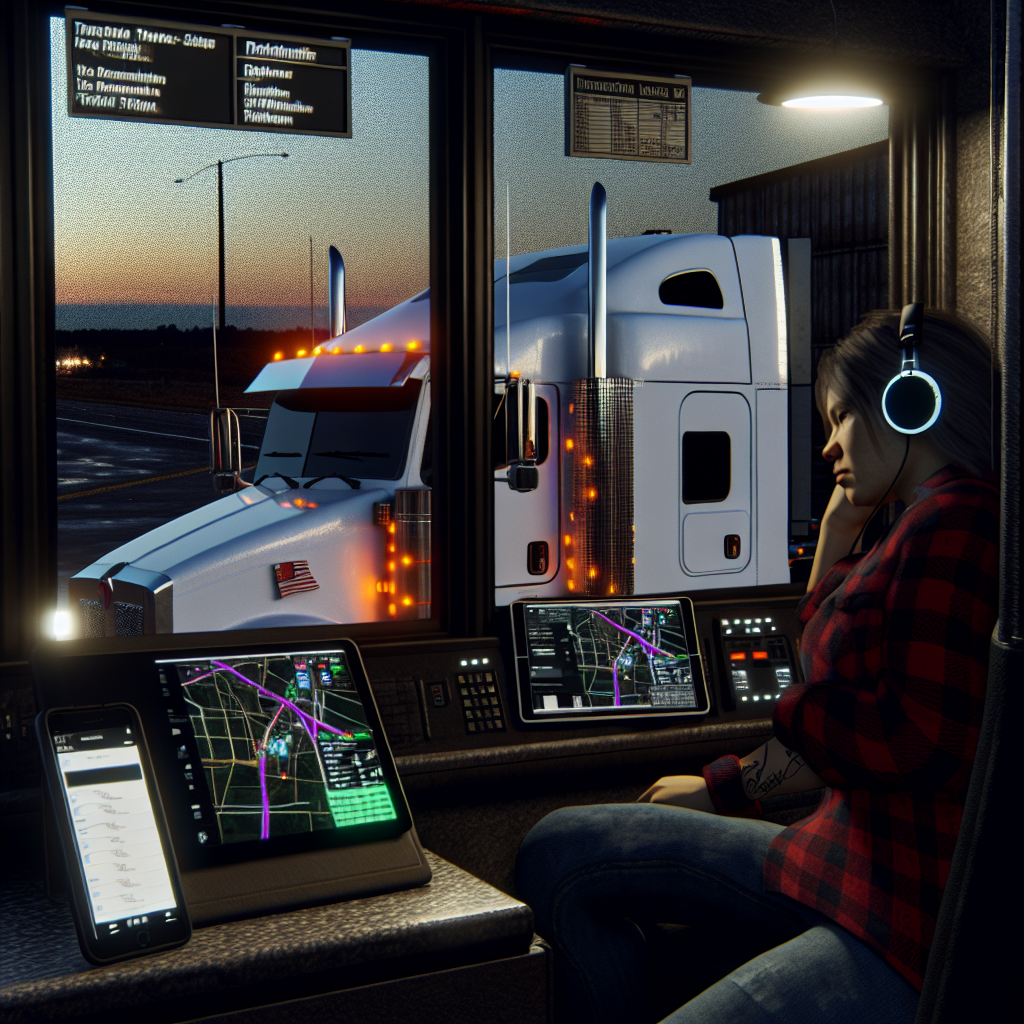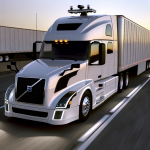Trucking’s newest productivity story isn’t just about robots or driverless rigs. It’s about something more mundane — the absence of ringing phones. As FreightWaves reports, fleets and brokers that wire together their TMS, telematics, facility scheduling and document workflows are slashing routine “check calls” and manual status updates by a staggering margin. The takeaway for operators: when machines talk to machines, people get time back to solve problems that actually require judgment.
Why it matters now: the automation wave isn’t stopping at the back office. Capital is flowing into the truck itself. On Oct. 1, Swedish autonomous freight developer Einride raised about $100 million to scale deployments — a signal that money is still backing driverless freight even as the broader market recalibrates expectations.
Functionally, that future is starting to look “networked” rather than standalone. Einride’s recent cabless run across the Norway–Sweden border plugged into Norway’s Digitoll customs system, demonstrating that autonomy will need to handshake with the same digital rails that already reduce phone calls between brokers, carriers and facilities. For U.S. carriers, the lesson isn’t about European regulations — it’s that automated movement only scales if the data fabric around it is equally automated.
The back-office playbook is also going mainstream. On Oct. 1, a Samsara session with XPO and Drivewyze spotlighted how weigh-station bypass, real‑time telematics and workflow automation squeeze out manual touches in day‑to‑day operations. Even if you’re years away from experimenting with driver‑out pilots, these are steps fleets can pick up now to cut call volume, reduce exceptions and keep drivers rolling.
There’s a broader tailwind, too: senior leaders (and policymakers) are treating supply chain intelligence as a strategic priority. In an Oct. 1 interview, Exiger president Carrie Wibben Kaupp characterized end‑to‑end supply chain insight as a “national security imperative,” a reminder that data sharing, automation and visibility will keep moving from “nice to have” to “expected.” For carriers and brokers, that expectation translates directly into fewer emails, fewer calls and more machine‑generated answers to “Where’s my load?” and “What’s the ETA?”
How to act on this if you run a fleet or brokerage:
- Pick two workflows that generate the most calls — appointment scheduling and status checks — and automate them first with API connections to facilities and telematics. It’s where the quickest minutes‑back‑to‑the‑team usually live.
- Instrument the win. Benchmark call volume, response times and exception rates before and after deployment so customers see the service delta, not just the tech.
- Shift the job, not the people. As routine calls disappear, train dispatchers and CSRs to manage exceptions, detention risk and service recovery. That’s where human skill compounds now.
- Design for handoffs. If autonomy pilots enter your lanes, ensure your TMS, visibility tools and shipper/receiver integrations can “speak” to autonomous control towers the same way they do to human‑driven assets today. The border‑crossing demo in Scandinavia is a preview of that integration burden.
The bottom line: The phone‑quiet revolution is already improving margins for early adopters. Whether or not driver‑out trucks enter your network soon, the same connective tissue that eliminates 90% of status calls is the foundation for whatever comes next — from AI agents that negotiate appointments to autonomous tractors that need a digital lane to run.
Sources: FreightWaves, Reuters, Autoweek, Axios, Samsara
This article was prepared exclusively for TruckStopInsider.com. Republishing is permitted only with proper credit and a link back to the original source.




